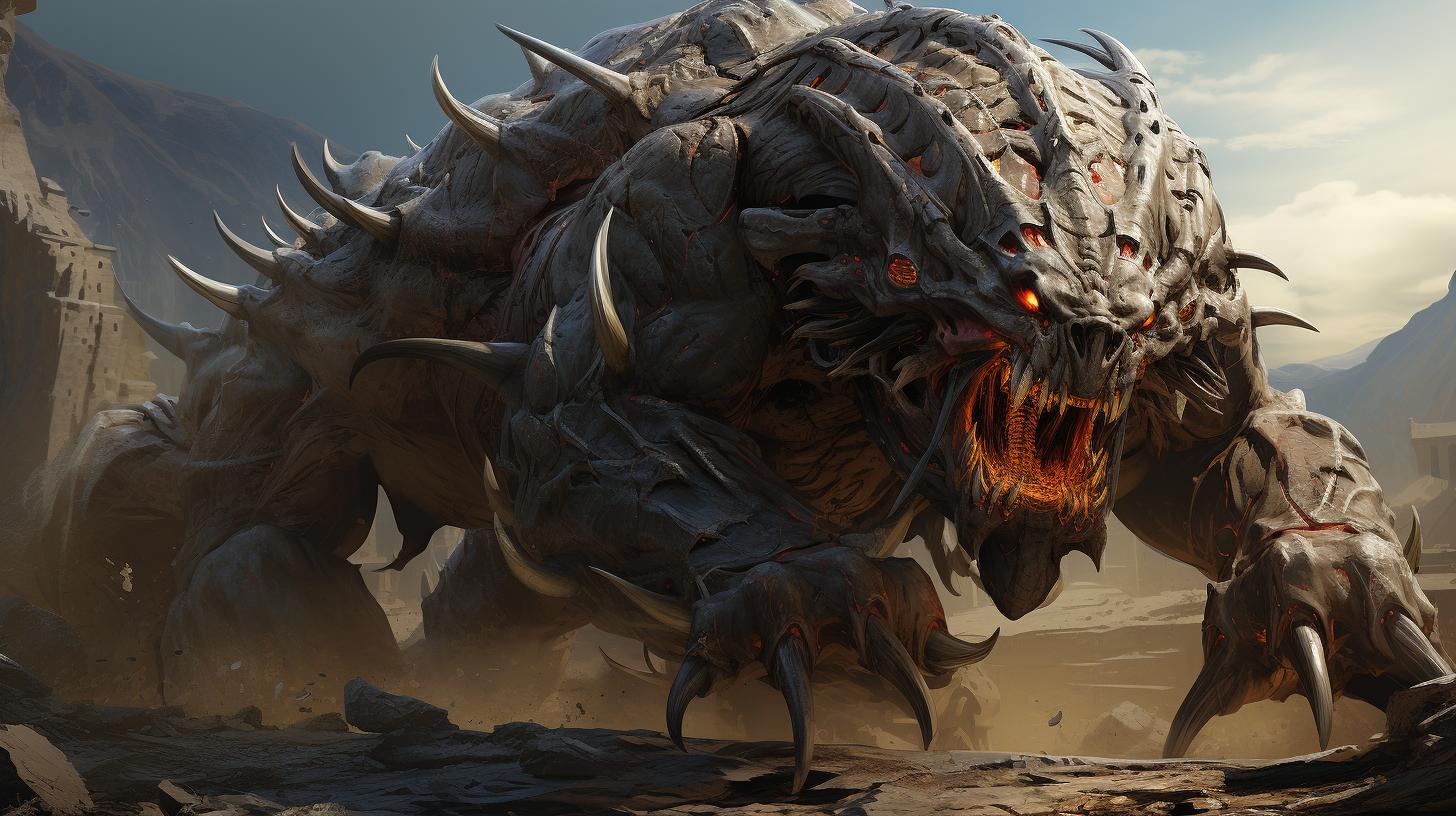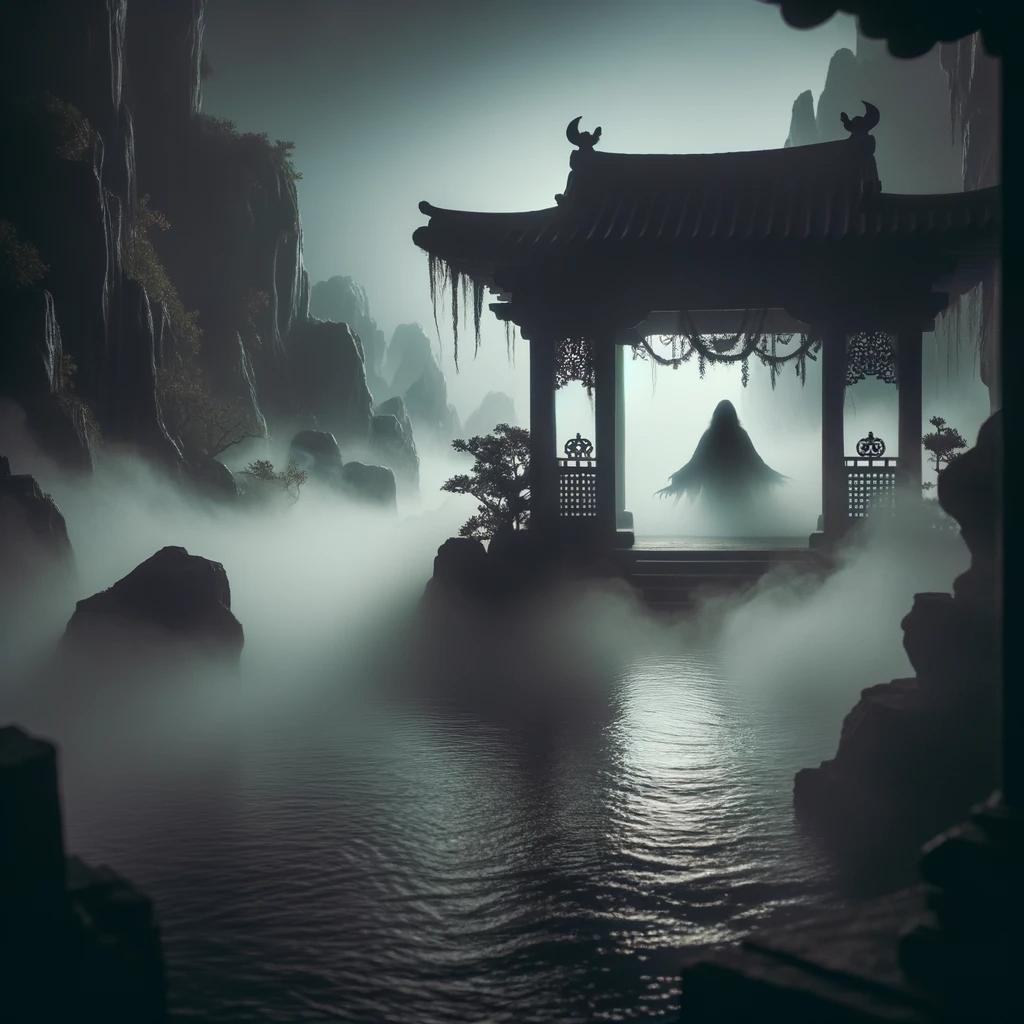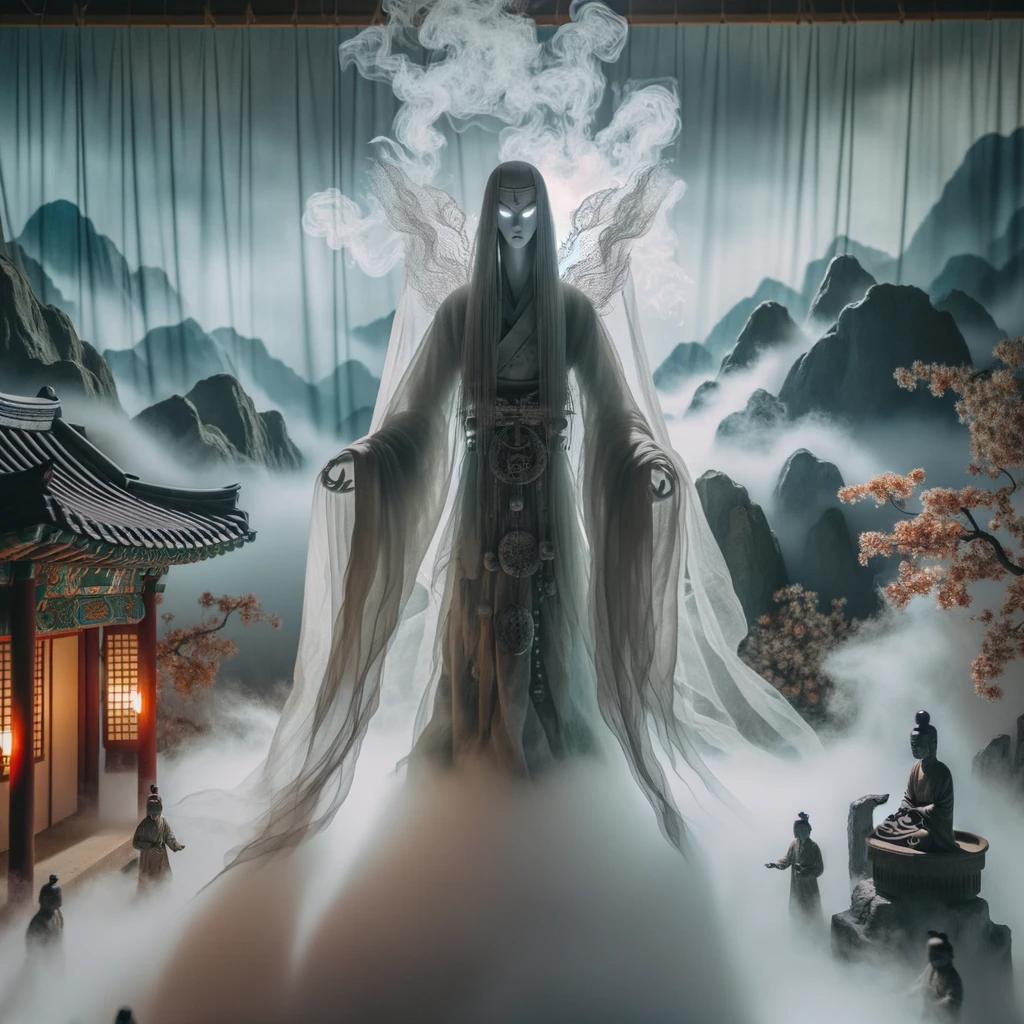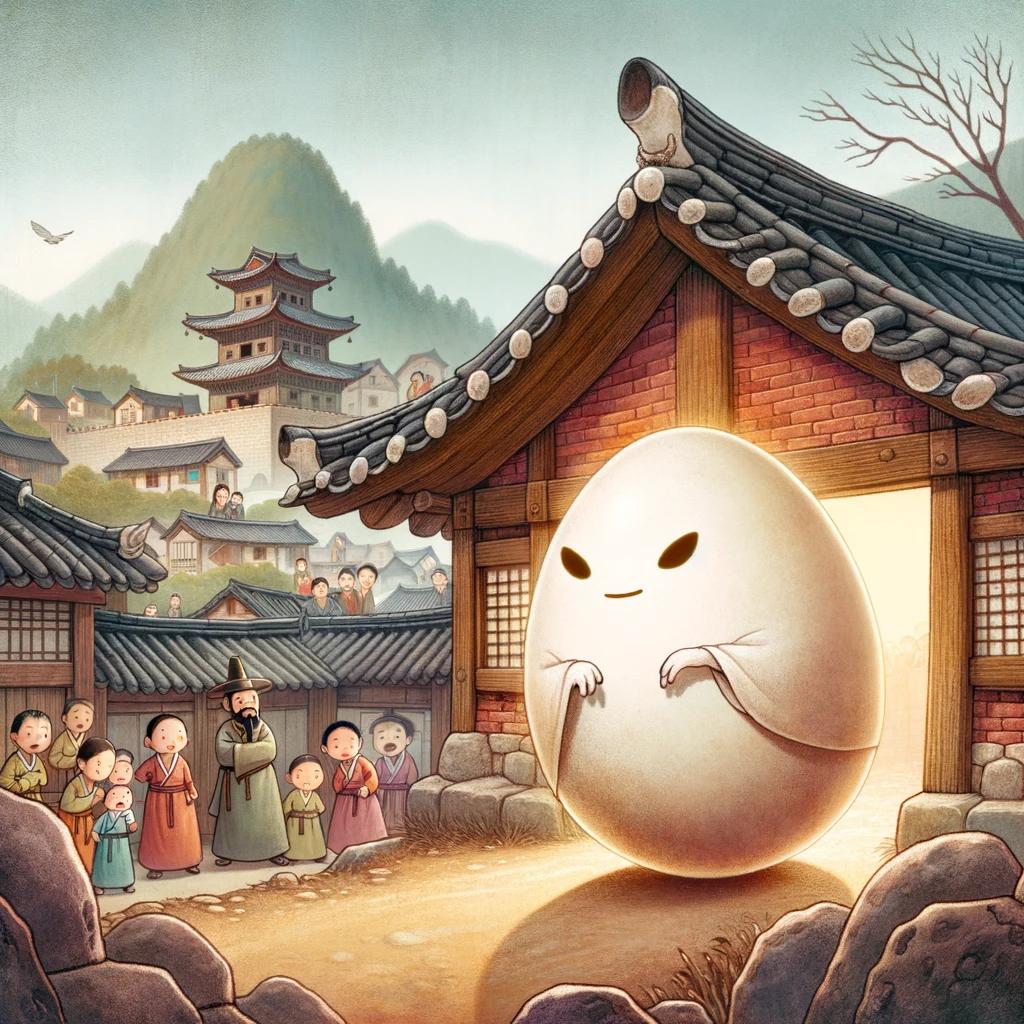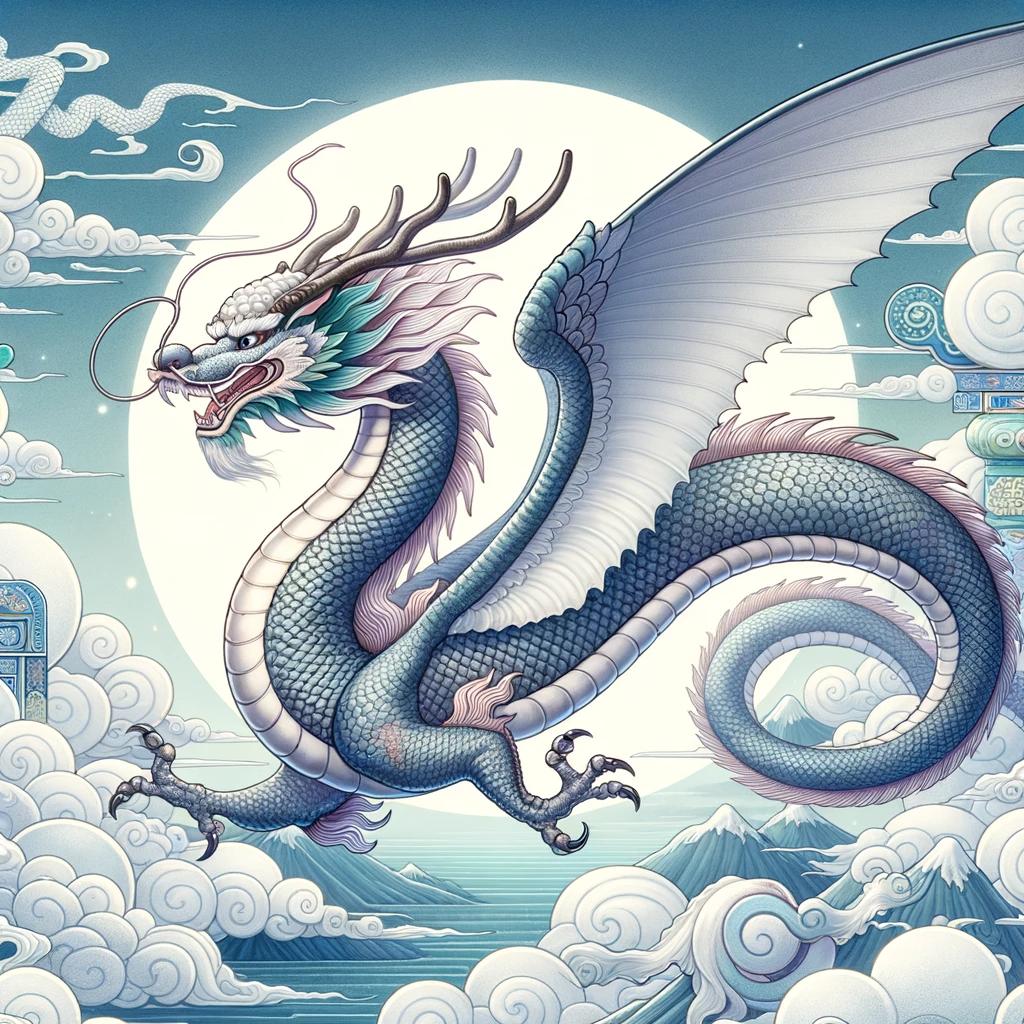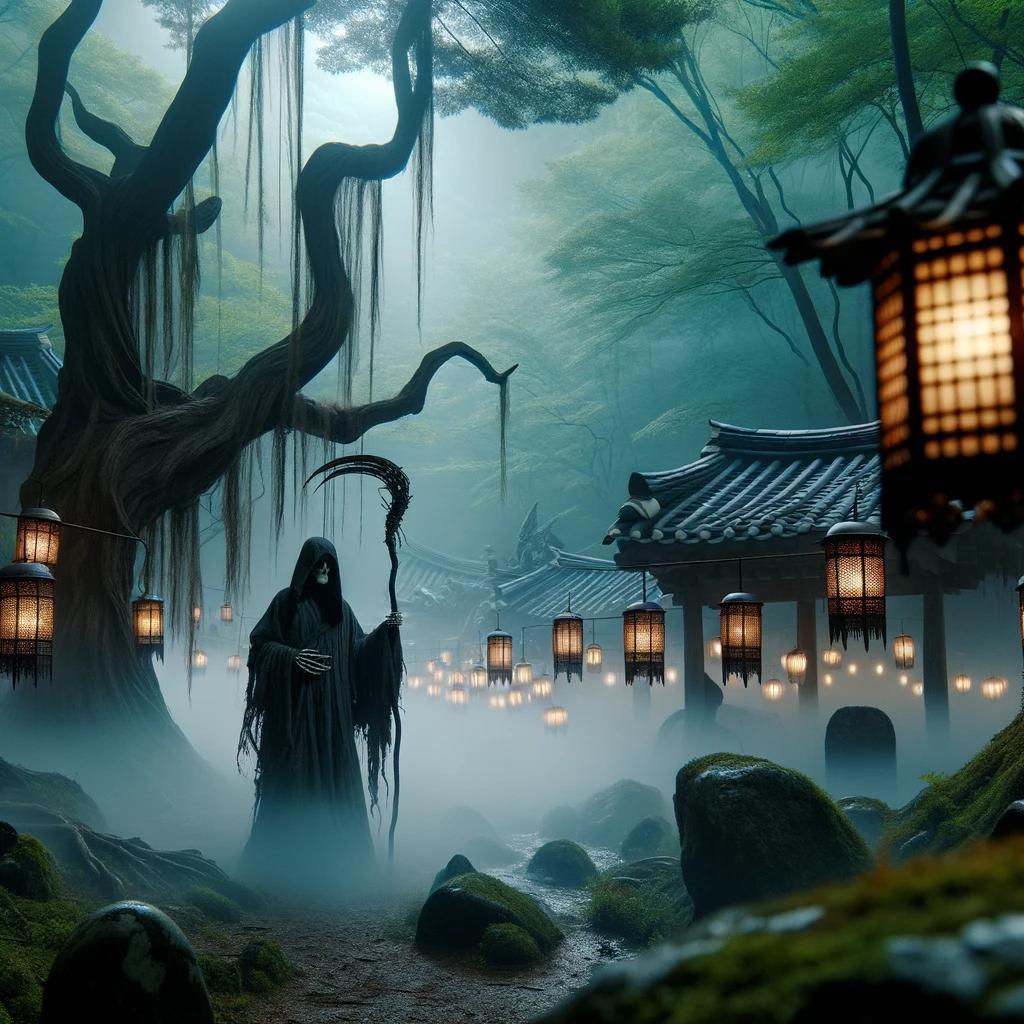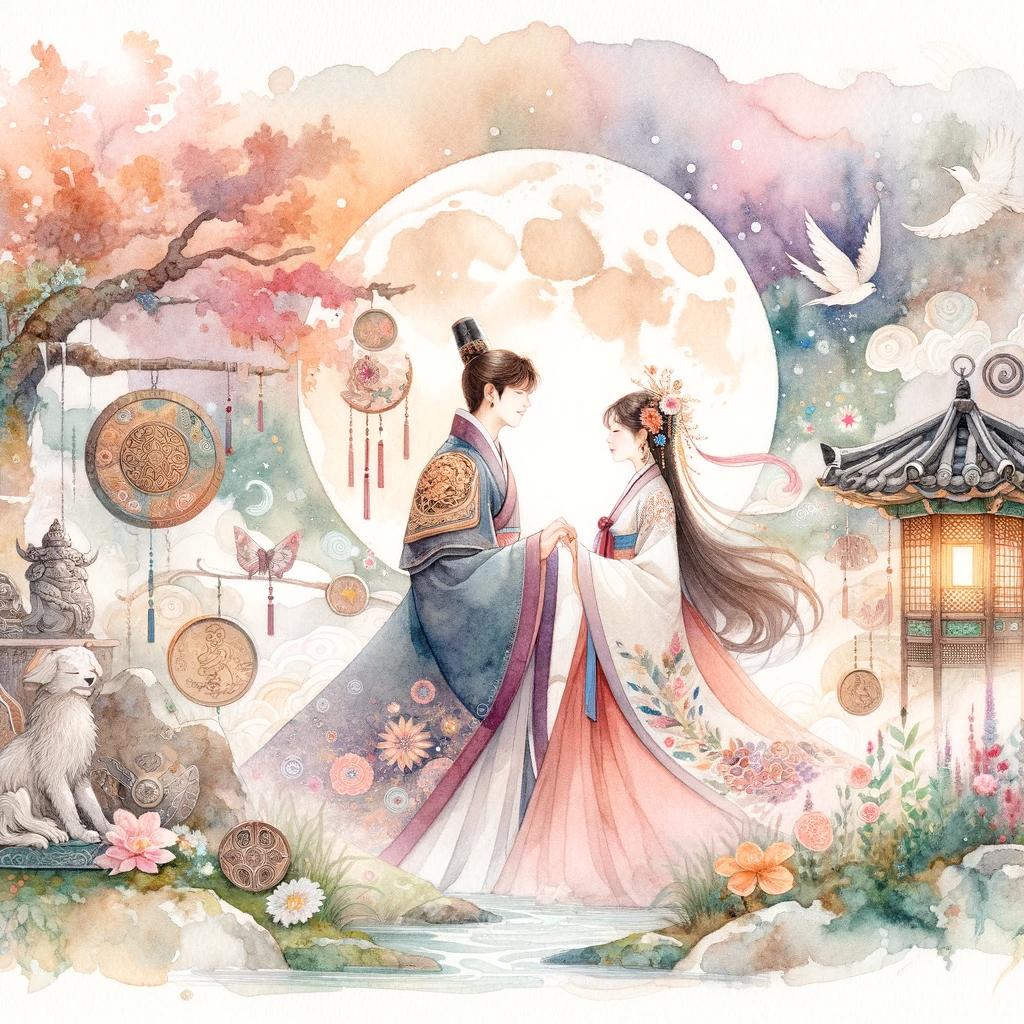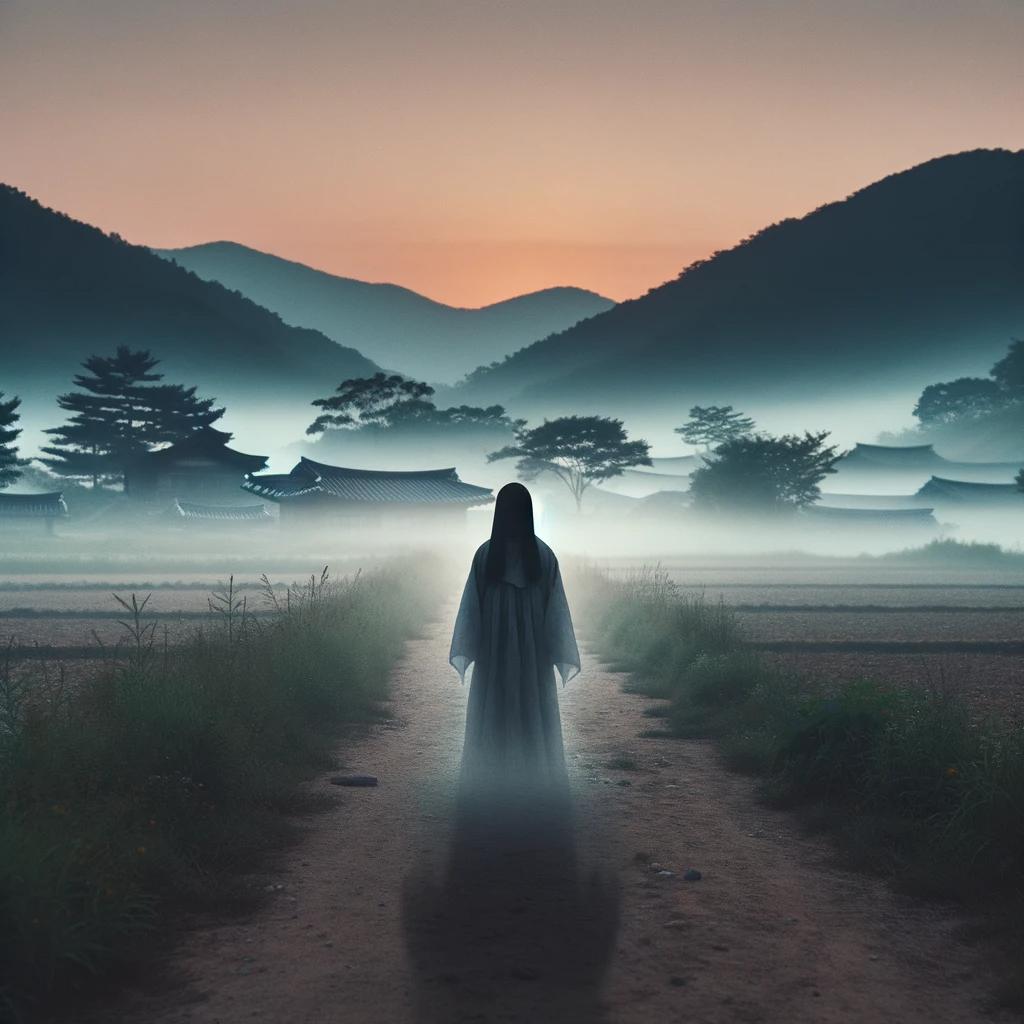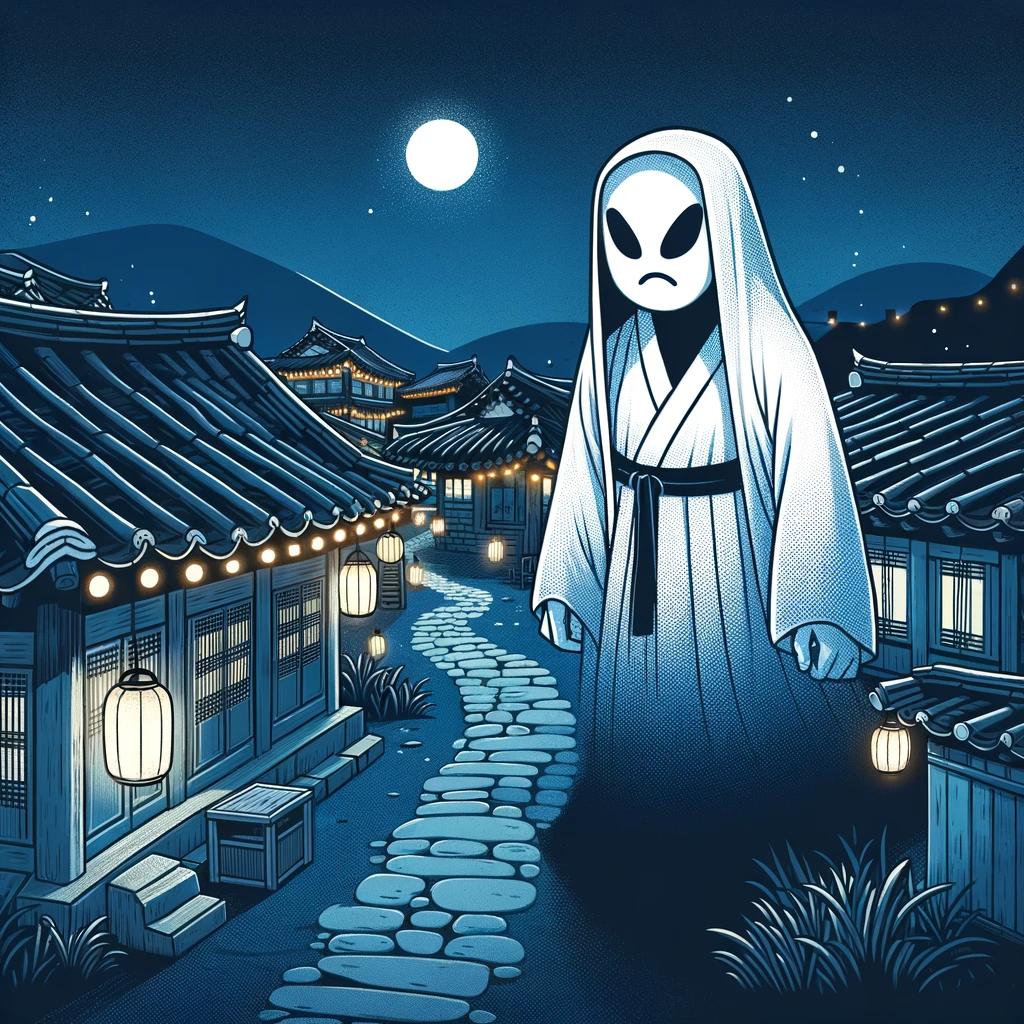Bulgasari Korean Mythology: Unveiling the Legendary Creature of Korean Folklore
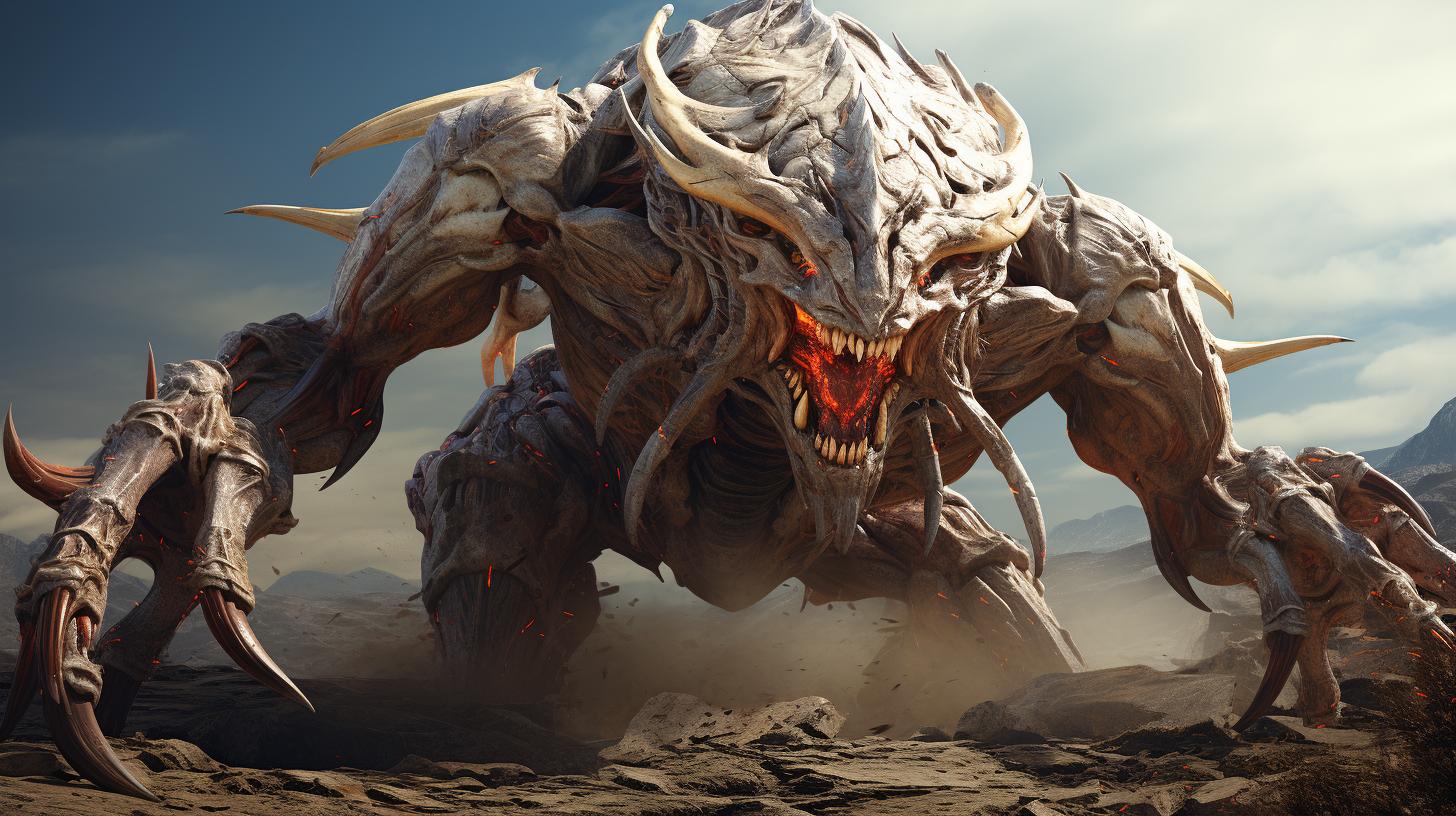
Bulgasari is a legendary creature from Korean mythology, with a history spanning over 2,000 years. This bloodthirsty beast possesses a unique ability to grow stronger by consuming metal.
Featuring a combination of animal features, such as the body of a bear, the nose of an elephant, and the eyes of a rhinoceros, Bulgasari has left its mark on traditional Korean art and folklore.
Moreover, its story has become a popular theme in modern gaming, highlighting the creature’s power and significance. Explore the origins, cultural significance, and modern adaptations of Bulgasari in this comprehensive article.
The Origins of Bulgasari in Korean Mythology
The story of Bulgasari, a legendary creature in Korean mythology, is steeped in ancient legends and folklore. Passed down for generations, these tales have shaped the image and significance of Bulgasari in Korean society.
Ancient Legends and Folklore Surrounding Bulgasari
Within Korean folklore, Bulgasari has been a prominent figure for over 2,000 years. Stories of this fearsome creature have been shared through generations, captivating listeners with its incredible powers and insatiable appetite for metal.
According to these ancient legends, Bulgasari was believed to grow stronger as it consumed metal, its body constantly transforming and evolving. The creature’s appearance was described as a hybrid of various animals, with the body of a bear, the nose of an elephant, the eyes of a rhinoceros, the claws of a tiger, saw-like teeth, snake-like skin, and a bull’s tail.
The Mythical Creature’s Characteristics and Traits
Bulgasari’s legend extends beyond its physical appearance. The creature is infamous for its menacing nature and unstoppable growth, which poses a significant threat to villages and communities. It was said to possess immense strength and resilience, making it a formidable opponent.
One notable characteristic of Bulgasari is its vulnerability to fire. Although it was immune to conventional weapons, the creature could be subdued by flames, making fire a crucial element in its defeat.
Cultural Significance of Bulgasari in Korean Society
Bulgasari holds great cultural significance in Korean society, transcending mere folklore. The creature is deeply ingrained in Korean art and can be found depicted in traditional paintings, screens, and even chimneys of ancient houses.
Additionally, the legend of Bulgasari has influenced various cultural practices. Some believe that honoring the spirit of the creature can provide protection against natural disasters, reflecting the reverence and respect Koreans hold for their mythical heritage.
Intricately interwoven into the fabric of Korean culture, Bulgasari serves as a symbol of strength, transformation, and the enduring power of legends passed down through generations.
The Legend of Bulgasari: A Tale of Betrayal and Creation
Legends and folklore surrounding the mythical creature, Bulgasari, are deeply rooted in Korean culture.
This section explores the captivating story behind Bulgasari’s existence, depicting a tale of betrayal and creation that has been passed down through generations.
The Fugitive Monk and His Betrayal
In ancient times, when the persecution of illegal Buddhist practitioners was rampant, a fugitive monk sought refuge and assistance from his sister. However, driven by greed, she betrayed him for the promised reward.
But her husband, a loyal Buddhist himself, valiantly intervened and sacrificed his life to protect the monk.
The Creation of Bulgasari from Steamed Rice
While hiding in a closet, the monk, haunted by grief and anger, created a remarkable creature using steamed rice grains. He infused the creature with life by feeding it with needles.
This extraordinary being became known as Bulgasari.
The Monstrous Growth and Insatiable Appetite
Bulgasari, with its insatiable hunger for metal, began its extraordinary growth by devouring all kinds of metal objects. Its body transformed into a fearsome entity, possessing the characteristics of various creatures, such as a bear’s body, an elephant’s trunk, a rhinoceros’ eyes, a tiger’s claws, saw-like teeth, snake-like skin, and a bull’s tail.
This monstrous beast provoked great chaos and devastation as it grew in size, posing a significant threat to the village and its inhabitants.
In the face of such peril, the government dispatched soldiers armed with swords and arrows to confront and eliminate Bulgasari.
However, their conventional weapons only served to strengthen the creature’s resilience.
Attempts were also made to defeat Bulgasari using fire, but to no avail. Instead, the creature embraced the flames, engulfing the village and incinerating everything in its path.
There are some variations in these legends, with accounts claiming that the monks ultimately succeeded in vanquishing the monstrous Bulgasari.
The legend of Bulgasari has left an indelible mark on Korean culture.
Paintings depicting this legendary creature can be found adorning folding screens and chimneys in ancient homes. The veneration of Bulgasari is believed to provide protection against natural disasters.
Bulgasari’s Reign of Destruction and the Attempts to Defeat It
Bulgasari, a monstrous creature of Korean mythology, unleashed a reign of destruction upon the village, causing chaos and fear among the inhabitants.
Its insatiable appetite for metal led to the destruction of buildings, infrastructure, and even human lives.
The Monster’s Rampage in the Village
During Bulgasari’s rampage, the village became a battleground, with its powerful claws tearing through structures and its immense strength devastating everything in its path. The villagers were helpless against this colossal beast, fearing for their lives and the future of their community.
Government Soldiers’ Failed Attempts
The government, recognizing the threat posed by Bulgasari, dispatched soldiers to eliminate the monster and protect the village. Equipped with swords and arrows, they valiantly fought against the creature, but their efforts proved futile.
Instead of weakening Bulgasari, their attacks seemed to invigorate it, making it even more formidable.
The Role of Monks in Countering Bulgasari’s Power
Amidst the chaos, the monks rose to the challenge, understanding the magnitude of the threat Bulgasari posed. Utilizing their spiritual and mystical knowledge, the monks devised a strategy to counter the creature’s power.
Drawing upon their deep connections to the spiritual realm, they orchestrated a plan to confront and defeat Bulgasari.
- The monks sought to exploit its vulnerabilities and disrupt its source of strength, employing ancient rituals and sacred artifacts.
- Through their unwavering faith and conviction, the monks confronted Bulgasari, engaging in a fierce battle that tested their resolve and bravery.
- With their extraordinary abilities and knowledge of the creature’s weaknesses, the monks eventually managed to overpower and vanquish Bulgasari, restoring peace and tranquility to the village.
Throughout history, the heroic efforts of the monks have been celebrated, illustrating the power of unity, faith, and resilience in the face of overwhelming adversity.
Bulgasari in Modern Pop Culture: From Folklore to Gaming
The legendary creature, Bulgasari, has left a lasting impact on modern pop culture, transitioning from ancient folklore to the realms of gaming and artistic expression. This section explores the various ways Bulgasari is depicted, its role as a boss monster in Korean-influenced RPGs, and the deeper analysis of its symbolism and representation in the gaming world.
Depictions of Bulgasari in Traditional Korean Art
Bulgasari’s presence in traditional Korean art is profound, with its image showcased in various forms of artistic expression. Paintings featuring the mighty creature can be found on folding screens and chimneys in ancient houses, giving a glimpse into the cultural reverence for this mythical entity.
These visual representations serve as a testament to Bulgasari’s enduring impact on Korean artistic traditions.
Bulgasari’s Role as a Boss Monster in Korean-Influenced RPGs
In recent years, Bulgasari has gained significant popularity in the realm of gaming, particularly in Korean-influenced role-playing games (RPGs). The monstrous creature takes on the role of a boss monster, providing players with the ultimate challenge to overcome.
Its incredible strength, ability to consume and destroy non-magical metals, and its imposing size make Bulgasari a force to be reckoned with in the gaming world.
Analysis of Bulgasari’s Symbolism and Representation in Gaming
Looking beyond its brute strength, Bulgasari’s symbolism and representation in gaming carry deeper meanings.
The creature represents the collective anger of the people against injustices faced, challenging players to confront this rage and emerge victorious. Moreover, the vulnerability of Bulgasari to fire damage becomes a strategic element for players, highlighting the importance of careful planning and exploiting weaknesses in order to defeat this formidable foe.
Honoring and Protecting against Bulgasari: Cultural Practices
Within Korean society, there are various rituals and beliefs surrounding Bulgasari, aimed at honoring its spirit and seeking protection against natural disasters. These cultural practices showcase the deep-rooted reverence for this legendary creature and highlight its significance in Korean folklore.
Rituals and Practices to Honor the Spirit of Bulgasari
Many Koreans engage in rituals to pay homage to Bulgasari, acknowledging its power and seeking its favor. These rituals often involve offerings and prayers at shrines or altars dedicated to the creature.
People present food, flowers, and other symbolic items to show respect and gratitude to Bulgasari.
Additionally, there are traditional ceremonies where participants reenact the creation story of Bulgasari using rice and other materials.
These ceremonies serve as a way to preserve the mythological narrative and strengthen the connection between the community and the creature.
Beliefs in Bulgasari’s Protecting Power against Natural Disasters
Belief in Bulgasari’s protective abilities against natural disasters is deeply ingrained in Korean culture. It is believed that honoring the spirit of Bulgasari can ward off calamities such as floods, earthquakes, and storms.
Many Koreans subscribe to the notion that invoking Bulgasari’s name and seeking its intervention can safeguard their villages and towns from harm. It is common for individuals and communities to hold ceremonies specifically focused on appeasing Bulgasari during times of crisis or impending natural disasters.
- During these ceremonies, protective charms and talismans, often depicting Bulgasari, are distributed to participants for their personal safety and well-being.
- Prayers and chants are also recited, asking Bulgasari for protection and assistance in overcoming the challenges posed by nature.
- In some regions, there are annual festivals dedicated to Bulgasari, where the community gathers to celebrate its presence and express gratitude for its watchful protection throughout the years.
The belief in Bulgasari’s power to safeguard against natural disasters reflects the desire to find solace and reassurance in the face of unpredictable forces of nature.
In conclusion, Honoring and Protecting against Bulgasari involves various cultural practices that highlight the reverence and belief in the creature’s power. These rituals and beliefs serve as a testament to the enduring influence of Bulgasari in Korean society, both as a legendary creature and as a symbol of protection against nature’s wrath.
The Resurgence of Bulgasari: Recent Popularity and Adaptations
In recent years, there has been a notable resurgence of interest in Bulgasari, with the creature making appearances in contemporary films and media. This section explores the creature’s newfound popularity and its various adaptations in modern entertainment.
Bulgasari in Contemporary Films and Media
Bulgasari’s presence in contemporary films and media has become increasingly prominent. Filmmakers have embraced the creature’s rich mythology and incorporated it into captivating narratives. From epic fantasy movies to gripping horror films, Bulgasari continues to captivate audiences with its fearsome presence.
The visual aspects of Bulgasari, with its unique combination of animal features and monstrous attributes, make it a striking and memorable entity on the big screen. Its larger-than-life appearance and destructive power translate well into thrilling action sequences and intense confrontations.
Exploring the Themes and Lessons from Bulgasari’s Story
Beyond its appearances in popular media, the tale of Bulgasari offers valuable themes and lessons for exploration. It provides insights into concepts such as betrayal, creation, and the consequences of unchecked power.
Its story raises questions about individual responsibility, sacrifice, and the complexities of human nature.
The character of Bulgasari serves as a metaphor for societal injustices and the collective anger that can arise from oppression. Exploring these themes can lead to a deeper understanding of the human condition and the inherent struggles we face in our lives.
- The themes of loyalty and sacrifice: The tale of Bulgasari highlights the sacrifices made by individuals driven by loyalty and their willingness to protect their beliefs, even at great personal cost.
- The dangers of unchecked power: The rapid growth and destructive nature of Bulgasari symbolize the potential dangers that come with unrestrained power and the need for responsible governance.
- The complexities of betrayal: The story of the fugitive monk and his sister’s betrayal delves into the intricate nature of human relationships and the consequences that arise from acts of betrayal.
By exploring these significant themes and lessons, Bulgasari’s story continues to resonate with audiences, providing a fresh perspective on moral and societal issues that remain relevant in the modern world.
.











